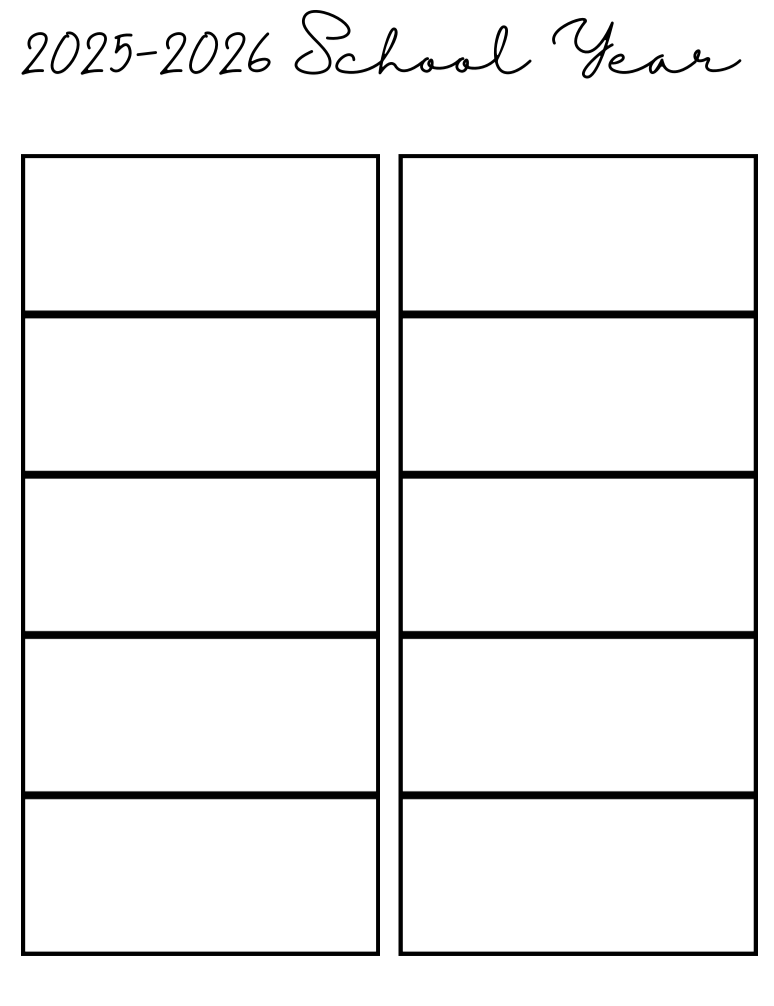Today’s Syllabus Go-Bag is a year-long writing syllabus the crosses the modes of writing — informational, narrative, persuasive, and argumentative/analytical. Why? Because that’s how state standards are typically organized.
These are just four options that have worked well for me over the years; they are certainly not the only ways to writes in these modes. Specifically, I’ve chosen four options here that work well for younger or more reluctant writers. (My next go-bag will be dedicated to next-level writing units that will present a bigger challenge to writers.)
You’ll also notice that I have linked each of these pieces of writing to the New York Times Learning Network student contest. While these contests are over for now, the student contests are pretty consistent from year to year. You can count on there being a contest in each mode each year.
Additionally, each contest has oodles of resources — a lesson sequence, mentor texts, interviews with New York Times writers, samples of student winners, and so much more. By themselves, these New York Times contests can provide a backbone for a year of writing instruction in your classroom.
Here’s the grab-bag:
(Please note: you will have to download the PDF in order to open the links. And the links lead to past paid posts.)
Narrative Writing through Narrative Scenes:
Narrative Scenes are the perfect way to engage students in writing excellent, flexible, buildable bits of stories. This unit is a great lead in to larger pieces of narrative writing or standalone. Because these pieces of writing are so short, they can really be polished and perfected!
Informational Writing through How-To Guides (and Podcasts):
I often begin the year with this unit because even my most reluctant writers can teach someone how to do something they love! The podcast add-on can expand this unit and make it more multimedia.
(You might even consider flipping it: write a podcast script first, record, then “formalize” that script into a written how-to guide.)
Persuasive Writing through Open Letters
Every adolescent likes to voice their outrage — and open letters are all about channeling this. Talk about tone in this unit and how tone affects the message we’re sending. Plus, it’s the perfect opportunity to teach some ethos, pathos, and logos.
Analytical / Argumentative Writing through Roundtable Analysis
If you’ve ever heard me speak about analytical writing, you’ve undoubtedly heard that this is a place I recommend students start. (It’s this or review-writing for me.) Roundable analysis is fun and approachable. It has a little bit of built-in group work accountability while students practice analysis skills independently.
Okay? What Now?
There may be elements of this syllabus you want to grab and drop into your final quarter of school this year. But it might also provide a little kindling for thinking about the 2025-2026 school year. Here are some questions to think about?
How can these units help me meet my standards?
How can I scaffold the work of these units OR ratchet up the challenge level to meet the needs of my specific students and grade level?
How can these methods help me improve what I am already doing with my students?
What might I want to swap out in my current curriculum for something I see here?
Where does my current reading curriculum need a little boost?
Where can some or all of these elements slide into your school calendar?
Print out a handful of these little low-key planning calendars and start playing with what next year could look like. If an ideal unit is 3-5 weeks, then one month per unit feels like an easy way to conceptualize your planning. Each box here represents one month of school.







Thanks, for these wonderful ideas on how to structure writing units that have explicit teaching and authentic audiences.